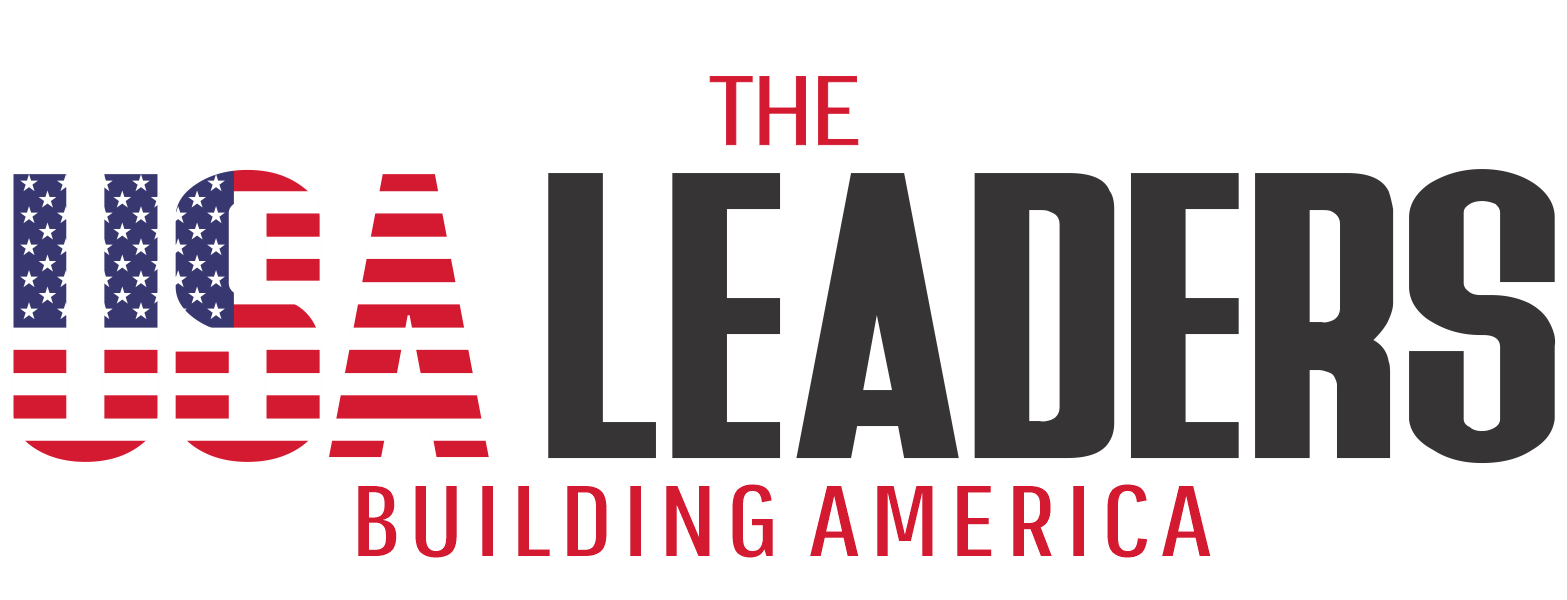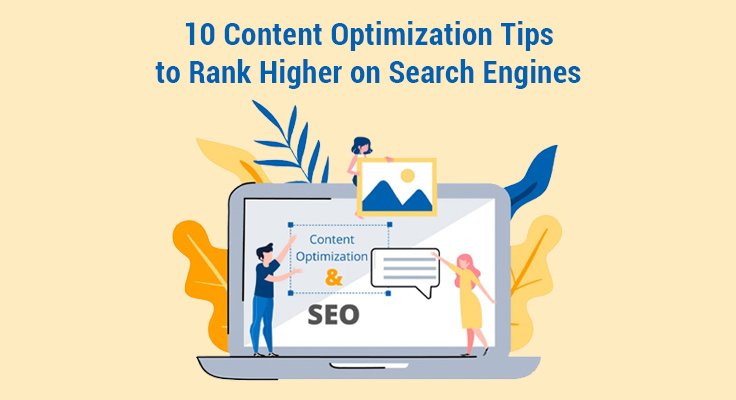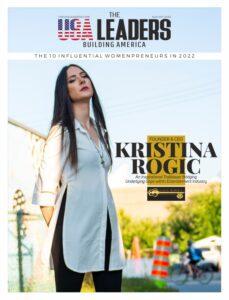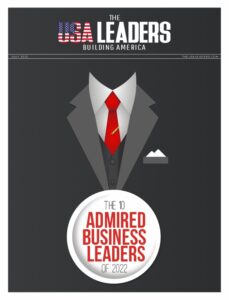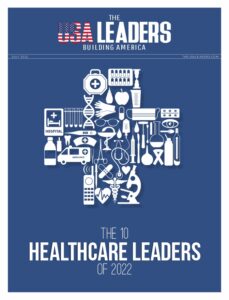So, you want your content to rank higher on search engines? Great! You’re in the right place. Optimizing your content for search engines can feel like a mystery at first, but it’s all about making your content discoverable, valuable, and engaging. Whether you’re writing blog posts, product descriptions, or guides, these simple tips will help your content stand out and draw in readers. Let’s dive in!
1. Focus on Search Intent
First things first: search intent. What exactly is your reader looking for? Are they trying to learn something (informational intent), find a specific page or website (navigational intent), or make a purchase (transactional intent)? Getting this right is essential because if your content doesn’t match what people are searching for, it’s unlikely to rank.
Start by searching for keywords you’re targeting and analyzing the top-ranking results. Pay attention to the content type, structure, and language. Are they short articles, in-depth guides, or product pages? Aim to provide information that aligns with this intent while making it more helpful, interesting, or unique.
2. Use Targeted Keywords Strategically
We’ve all heard that keywords are essential, but it’s not just about stuffing them everywhere. You want to use keywords thoughtfully and in ways that make your content easier for both search engines and readers to understand.
Focus on including your primary keyword in the title, the first paragraph, and a few headers (H2 or H3 tags). Sprinkle related keywords naturally throughout the text. But keep it real—if a sentence feels forced because of a keyword, leave it out. Google and readers both appreciate natural language.
3. Craft Compelling Meta Titles and Descriptions
Meta titles and descriptions don’t just affect your rankings; they influence whether people click on your content in the search results. Think of them as your first impression—a chance to convince someone that your article is worth checking out.
Keep your title around 50-60 characters and your description within 150-160 characters. Be clear and specific. Include your keyword naturally, but focus on making it engaging and helpful. Phrasing like “how to,” “tips for,” or “the best” can add a little extra punch.
4. Optimize Header Tags for Structure and Readability
Headers (H1, H2, H3) organize your content for readers and search engines. They’re like signposts guiding your audience through your article, helping them find what they’re looking for and improving readability.
Use an H1 for your main title, H2s for main sections, and H3s for subsections. Headers should clearly reflect what each section covers so readers can skim and find the info they need quickly. This structure also gives Google a clear picture of your article’s layout, which can help with rankings.
5. Incorporate Internal and External Links
Links add depth to your content, guiding readers to more information and showing search engines how your content connects to other valuable resources. Internal links keep readers on your site, while external links build credibility by connecting to reputable sources.
Include internal links to related articles or pages within your site (like linking to your main blog page from a post). For external links, choose authoritative sites that add credibility. If you mention a recent study, link to it! It shows you’re not just making things up. In any case, it’s best to hire a reputable SEO agency to help you develop a strategic linking approach that’s both user-friendly and optimized for search engines. Agencies specialize in creating internal link structures that improve site navigation, while also building relationships for quality external links, giving your content added authority in the eyes of search engines.
6. Enhance Readability and User Experience
Have you ever clicked on a post and left because it was just… hard to read? Huge blocks of text, jargon, or overly complicated sentences can scare off readers. Keep things light and engaging to keep people reading—and Google likes that too.
Use shorter paragraphs, and break up text with bullet points and lists where possible. Write in a conversational tone, avoid unnecessary jargon, and keep sentences short and to the point. Aim for a flow that’s easy to read on both desktop and mobile.
7. Add High-Quality, Relevant Images and Alt Text
Visuals are a fantastic way to break up text and add value to your content. But to get the SEO benefits, you need to optimize them. Images can also rank in Google’s image search, potentially bringing in more visitors.
Use high-quality images that are relevant to your content. Compress images so they don’t slow down your page, and don’t forget the alt text! Alt text should briefly describe the image and include keywords where relevant, helping both visually impaired readers and search engines.
8. Optimize Content for Featured Snippets
Featured snippets are those answer boxes at the top of Google search results. They’re a fantastic way to grab visibility and traffic without necessarily being in the #1 spot. If you can optimize for snippets, you’re golden.
Answer common questions directly within your content. For example, if you’re writing about “how to bake a cake,” add a clear, concise paragraph summarizing the steps at the start of your article. Lists, tables, and Q&A formats are great for capturing snippet spots. Use a summarize tool to keep things direct and to the point, making your content easier for readers. To ensure your content performs well across search engines and engages users effectively, it’s essential to optimize your content.
9. Prioritize Page Speed and Mobile-Friendliness
Google cares a lot about how fast your page loads, especially on mobile devices. If your page is slow or clunky on mobile, you’ll likely see higher bounce rates (and lower rankings).
Compress images, minimize code, and use caching tools if you’re able. Tools like Google PageSpeed Insights can show you what’s slowing your site down. Also, check how your content displays on mobile—make sure buttons are easy to tap, and navigation is straightforward.
10. Regularly Update and Repurpose Content
Search engines love fresh, relevant content, and so do readers. Updating older posts can give you a ranking boost, and repurposing content can help you reach new audiences without creating everything from scratch.
Revisit older articles to add new stats, images, or insights, and update any outdated info. Repurpose blog posts into other formats like infographics, videos, or social media snippets to reach different audiences and keep your content alive in new ways.
In Closing
Content optimization isn’t a “one and done” kind of thing. It’s a process, a journey even! The key is to stay flexible, keep an eye on what’s working, and be willing to adjust as search trends change. With these content optimization tips, you’re set to improve your visibility, boost engagement, and rank higher on search engines. Start implementing a few today, track your results, and watch your content climb the rankings.
Also Read: What are the must-have Tools and Apps for Online Students?
